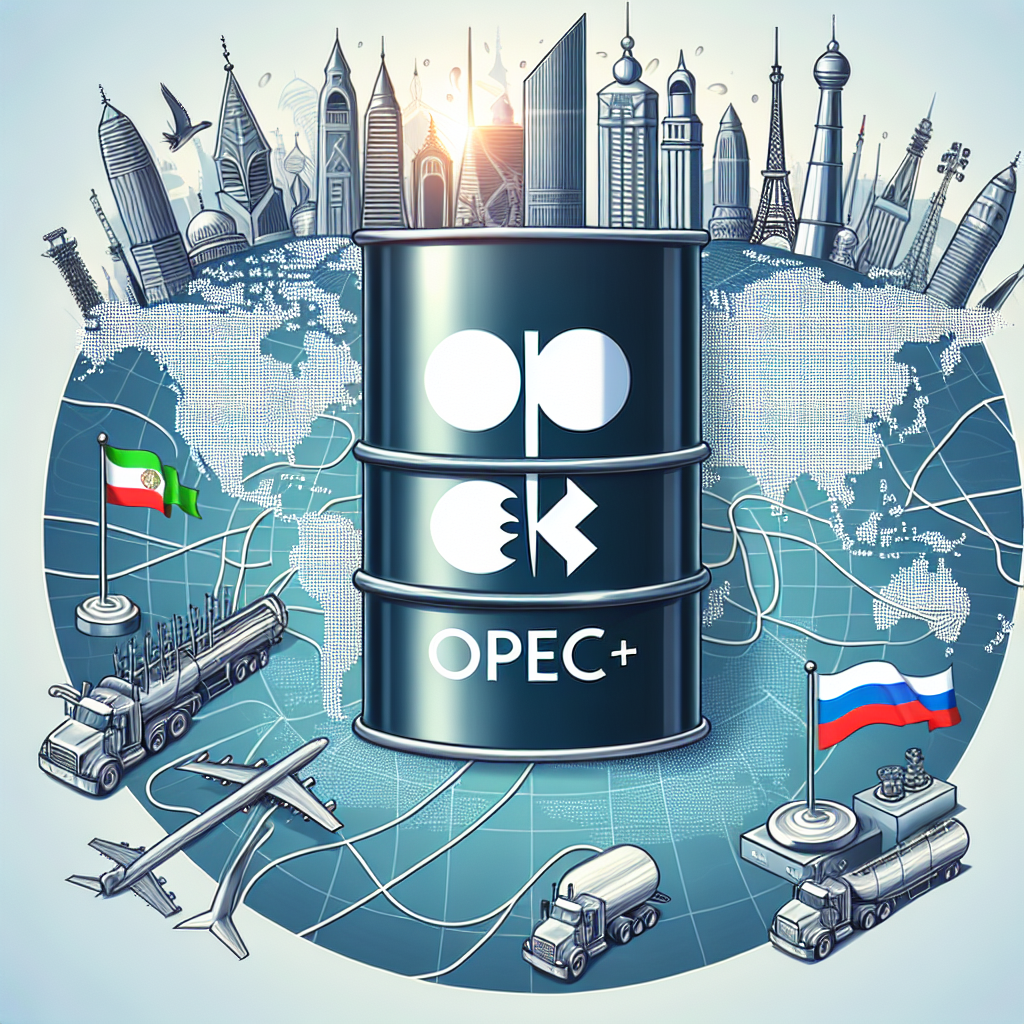OPEC+ Faces Dilemma: Balancing Output Amid Oil Market Uncertainty
OPEC+ plans a modest oil output increase of 137,000 barrels per day starting November, amid concerns over a looming supply glut. Divergence among key members like Russia and Saudi Arabia exists on production levels, reflecting differing priorities and market forecasts.

OPEC+ has announced it will raise oil output by 137,000 barrels per day from November, sticking to the modest increase seen in October, even as concerns persist over a potential supply glut. The decision marks a continuation of efforts by the group, which includes the Organization of the Petroleum Exporting Countries plus Russia and several smaller producers, to influence the global market as demand fluctuates.
This policy shift comes after years of output cuts aimed at regaining market share from competitors such as U.S. shale producers. With Brent crude prices dropping below $65 per barrel, market analysts forecast an oversupply in the fourth quarter and into 2026, driven by slower demand growth and rising U.S. oil output.
Ahead of the meeting, key OPEC+ members such as Russia and Saudi Arabia displayed differing views on production increases. While Russia supported a modest output rise, citing challenges posed by economic sanctions, Saudi Arabia advocated for significantly larger increases to quickly reclaim market share. Despite the differences, OPEC+ reported steady global economic conditions and healthy market fundamentals due to low oil inventories.
(With inputs from agencies.)










